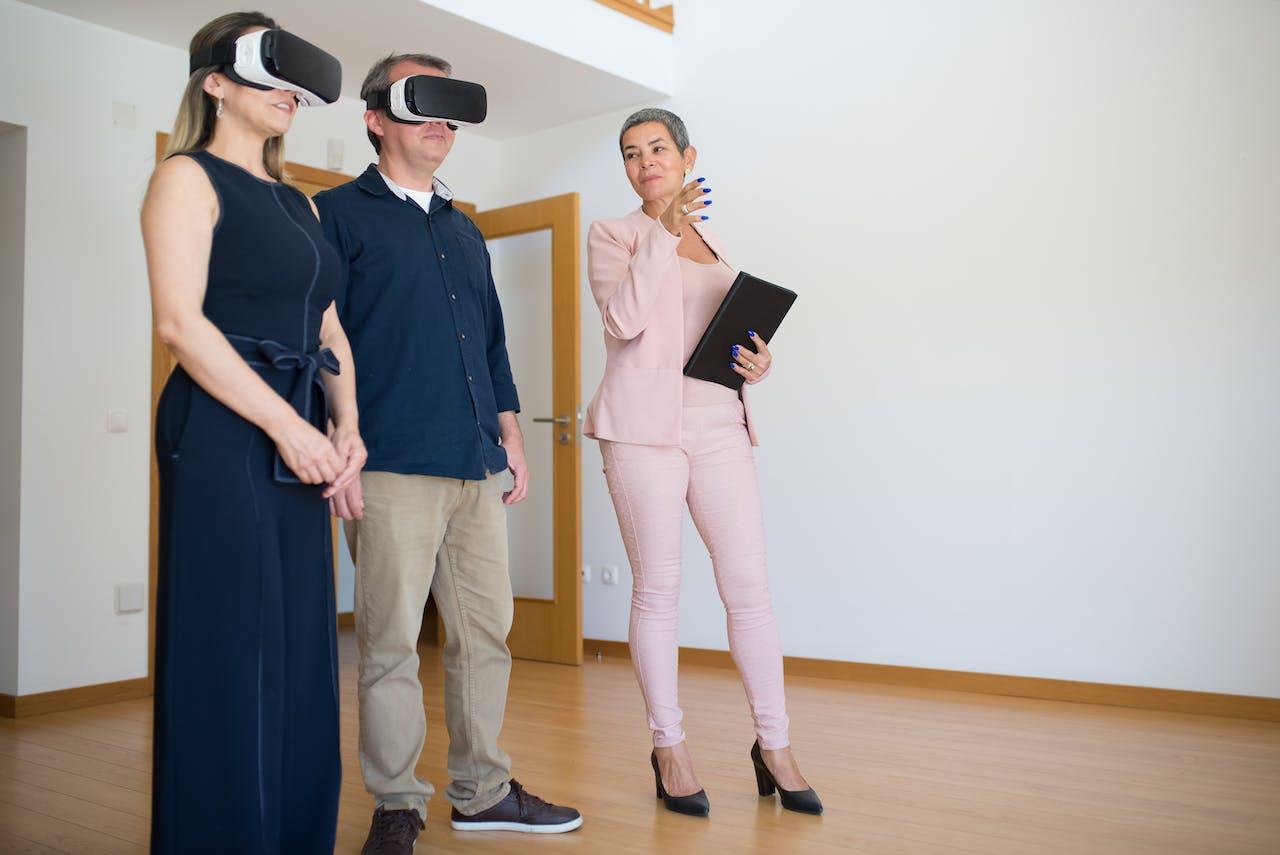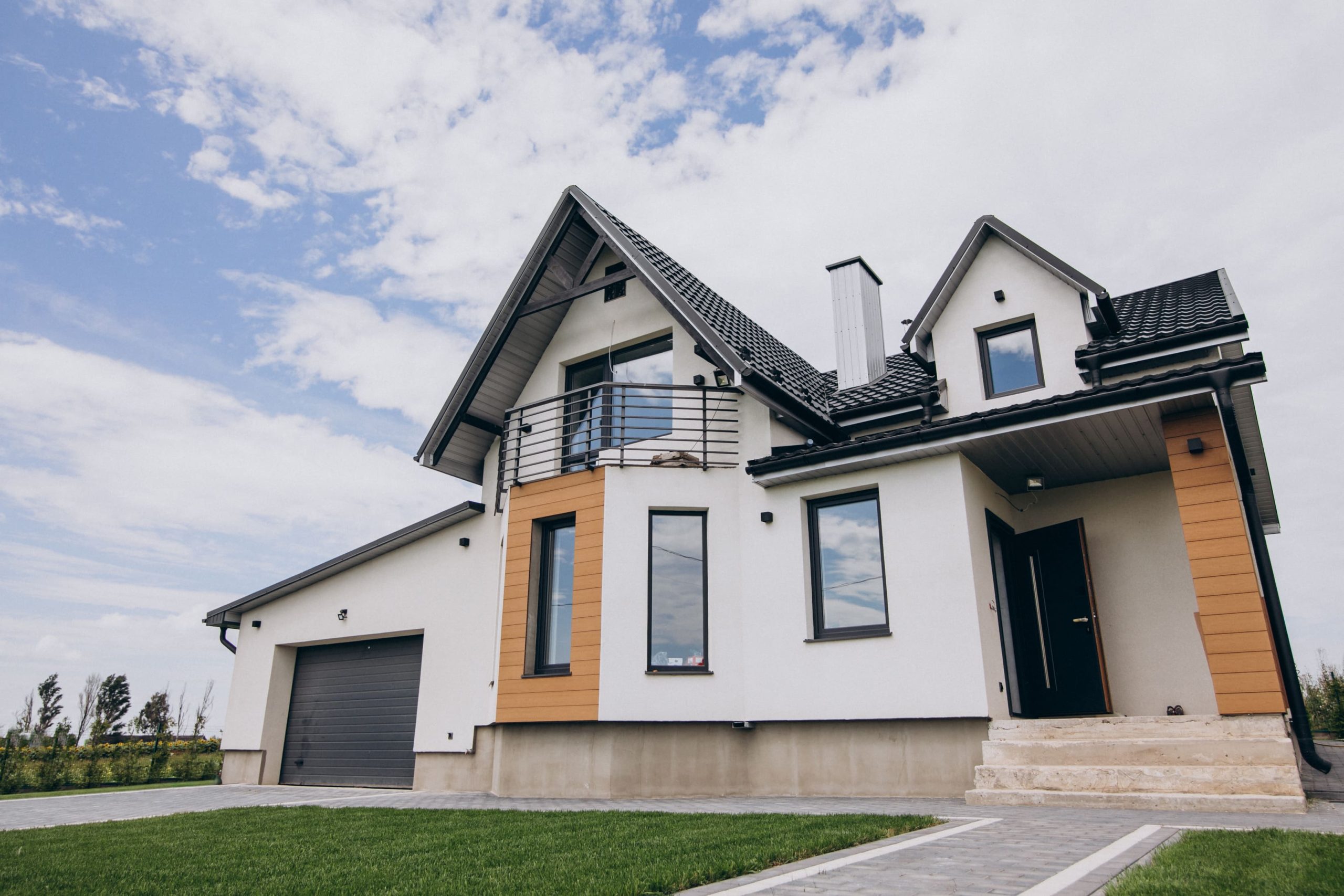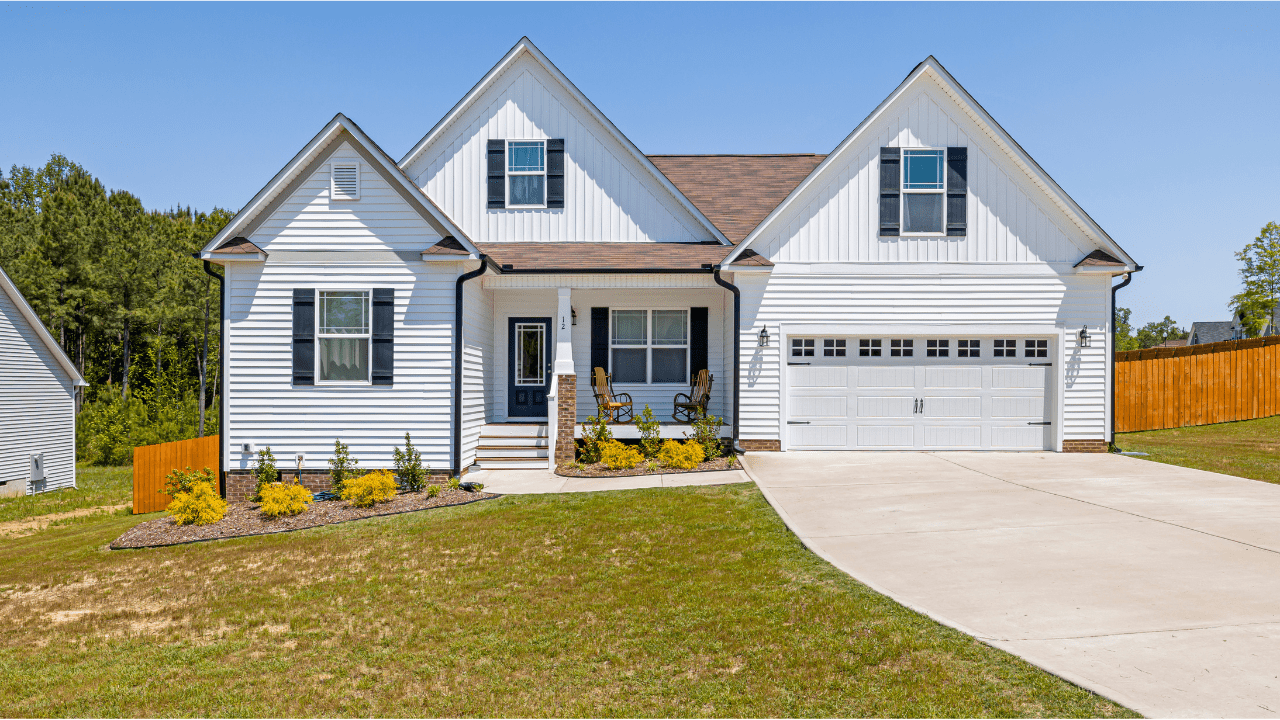The traditional property viewing process has long been a cornerstone of decision-making for potential buyers and sellers. However, as the Internet of Things continues to make its way into everything, a paradigm shift is underway, marked by the ascent of virtual real estate tours. We will explore the rise of VR and highlight the role it plays in delivering a captivating online property viewing experience.
How Virtual Tours Work
Imagine you want to explore a house, but instead of physically going there, you put on special glasses, use a dedicated device, or perhaps even your phone. These are your virtual reality (VR) tools. Now, through these tools, you’re instantly transported inside the house as if you’re actually there.
This magic is made possible by two main things: cameras and software. The cameras capture every nook and cranny of the house in super high detail, sometimes even in 3D. They act like your eyes, recording everything. Then, special software turns all these recordings into a virtual tour.
This tour isn’t just a static image. It’s like you’re walking through the house. You can look up, down, left, and right, and the view changes accordingly. Some tours even let you interact with the environment like clicking on objects for more information.
The Evolution of Virtual Real Estate Tours
Virtual Reality (VR) integration in the real estate sector has witnessed a remarkable evolution, rooted in the early experiments with virtual tours. The journey from these initial forays to the current landscape is closely intertwined with the continuous march of technological advancements.
Today, the accessibility of high-quality cameras with advanced features has significantly contributed to the rise of VR real estate tours. These cameras, equipped with 3D imaging capabilities, provide a level of detail and immersion that was once a distant possibility.
Moreover, the possibilities of VR are further enriched by the availability of sophisticated software platforms, ranging from user-friendly tools for beginners to advanced suites for seasoned professionals. Additionally, users already have all they need to access the VR tour through their smartphones. The future is already here; just open the door and step into the virtual world that awaits.
Benefits of Virtual Real Estate Tours
Virtual real estate tours offer unparalleled convenience for both homebuyers and sellers. Eliminating the need for physical visits, these tours save valuable time and resources for all parties involved. This can open a home to more eligible buyers while also giving prospective homebuyers the opportunity for a firsthand property experience.
Moreover, virtual tours transcend geographical limitations, providing a global audience access to potential properties. By immersing viewers in a seamless 3D video experience, decision-making is streamlined and enhanced, allowing for a more informed and efficient real estate journey.
Types of VR Estate Tours
Diverse in form, VR tours manifest through various mediums:
- The 360-degree virtual tour provides a comprehensive, panoramic view.
- Virtual Reality (VR) tours immerse users in a simulated environment, creating a lifelike experience.
- Augmented Reality (AR) tours overlay digital information onto the real world, enhancing the perception of physical spaces.
- For those seeking real-time interaction, live virtual tours, guided by real estate agents, offer a personalized exploration, allowing for immediate inquiries and clarifications during the virtual walkthrough.
Understanding these distinct types empowers sellers and buyers to choose the format that best aligns with their preferences and needs.
Creating an Engaging Virtual Real Estate Tour
To craft an exceptional VR touring experience, prioritize high-quality visuals with optimal resolution to showcase the property authentically. Boost user engagement by incorporating interactive elements, such as clickable hotspots or navigational guides, enhancing the overall experience. Complement visuals with traditional real estate techniques, such as compelling property descriptions and engaging narratives, to provide context and highlight key features. For a polished outcome, consider leveraging professional services for virtual real estate tours that can elevate your presentation to the next level.
Preparing Your Home for VR
Before organizing a virtual real estate tour of your home, familiarize yourself with the process. Optimal setup involves strategically placing high-quality cameras to capture the entirety of each room. Additionally, Hansen’s Moving and Storage Kern County strongly recommends decluttering your home to create a clean and appealing visual experience. Perhaps you can consider a storage unit for non-essential or personal items to make your home look more spacious.
Tips for Homebuyers
Homebuyers navigating virtual tours can enhance their experience by actively engaging with the available features, zooming in on details, and taking note of any interactive elements. Asking pertinent questions during virtual property viewings is crucial—seek clarification on room dimensions, property condition, and neighborhood specifics. While virtual tours offer convenience, it might be a good idea to supplement them with traditional visits for a holistic assessment, ensuring that the virtual representation aligns with the physical reality. This balanced approach empowers homebuyers to make well-informed decisions during property exploration.
Wrapping Up
We’ve explored the benefits of VR for real estate that range from enhanced convenience to global accessibility. The imperative now lies in encouraging real estate professionals to wholeheartedly embrace VR tour technologies, recognizing their instrumental role in modernizing the industry. As we look ahead, the future promises continued growth, with evolving technologies and innovative approaches reshaping the possibilities of virtual real estate tours.




